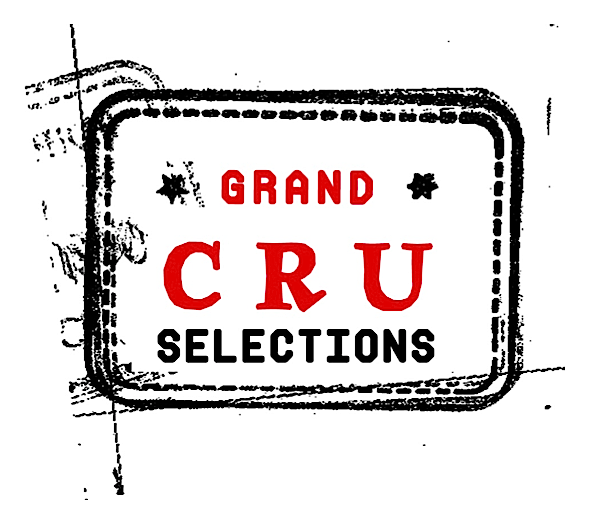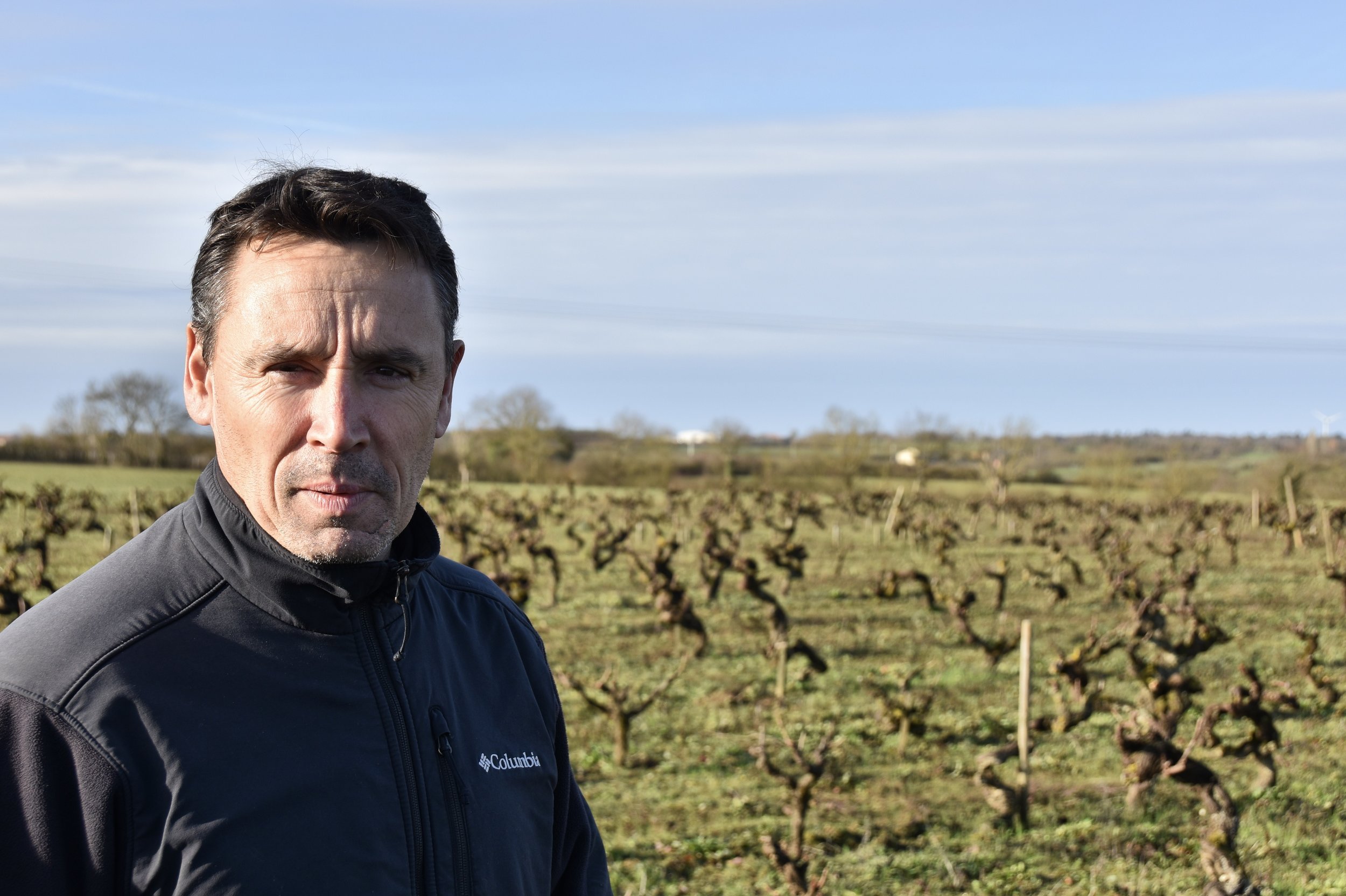Stéphane Bernaudeau
Layon, Anjou, Loire Valley, France
Stéphane Bernaudeau
Stéphane Bernaudeau learned the ropes from one of the Loire Valley's most iconic winemakers, Mark Angeli of Ferme de la Sansonnière. It was while working under Mark for fifteen years that Stephane saw firsthand the effect meticulous farming and low yields had on producing dry Chenin Blanc in Anjou.
“His specialty is intense, sublimely-textured chenin from Layon, including Les Ongles, from 30-year-old vines on schist; Les Terres Blanches from a tiny head-trained parcel on limestone; and the stately Les Nourrissons, from century-old vines on schist...”
— Jon Bonné
The idea that great dry Chenin Blanc could come out of Anjou, let alone anything exceptional, is a relatively recent one. The region's reputation was built on sweet wine and all the baggage that came with producing it in on a commercial scale: chemical farming, high yields, and lots of interventionist winemaking. Today, one could argue that the level of care that started with Angeli and is now translated into Stephane's wines has resulted in Anjou emerging as the heart of France's natural wine movement.
Stéphane's barely three hectare domaine is built on small and carefully selected parcels, with each of his wines focused on an individual parcel. The results are thrilling for both their purity and power.
-
For almost 20 years, Stephane worked with Mark Angeli at La Ferme de la Sansonniere. Stephane left Mark's winery in December of 2015 to focus full time on his own wines and his first vintage was 2000.
-
Stephane has around 3 hectares total. His historical plots are located near Cornu, part of the commune of Martigné-Briand where the Anjou Noir meets the Anjou Blanc: Les Nourrissons, 30 long rows of vines planted in 1910, Les Terres Blanches, 45 acres of vines over 80 years-old upstream Layon on white clay; and since 2014 Les Onglés, a 2.5 ha cooler plot on schist looking at the Nourrissons on the other side of the Layon. Terres Blanches and Les Nourrissons are not wire trained rather using gobelet. All the wines are parcellaire, which is to say they are each from single vineyard expressions.
-
Biodynamically farmed vines are worked entirely by horse and in most cases, not wire-trained. The wines are all labeled as Vin de France and have been for several vintages now as Stephane intends to let his wines speak for themselves and not be defined by the governing bodies of the appellation.
-
Stephane uses a vertical press. After pressing, the wine goes into stainless steel to regulate the different pressings. Juices spontaneously ferment either in 228 liter barrels or in Vicard foudres (15 hl) The wines stay in barrel as long as they need to. Normally all the whites go through malo but it’s not forced.
Wines
Les Onglés
Les Onglés comes from a 2 hectare parcel of Chenin Blanc that is on a southwest facing hillside. The vines are now approximately 30 years old and the terroir is primarily schist. Vinification is done in used barrels with the wine staying on its lees for 12 months before being bottled without fining or filtration.
Les Coqueries
A new parcel in Thouarcé, an area split by the Layon river that is dominated by hillsides in Bonnezeaux which produces lightning sharp Chenin that reflects a solar concentration structured by fiery saline flavors. 2019 is the first vintage.
Les Nourissons
Les Nourissons is 0.7 hectare parcel of Chenin Blanc planted in 1910 on a flat west-facing plateau. The soils are schist and argilo-calcaire based. It is one of the most stunning and singular Chenin Blanc vineyards in the Loire Valley. The vineyard had been immaculately farmed by its previous owner, Eric Calcutt, before Eric sold it to Stephane.

